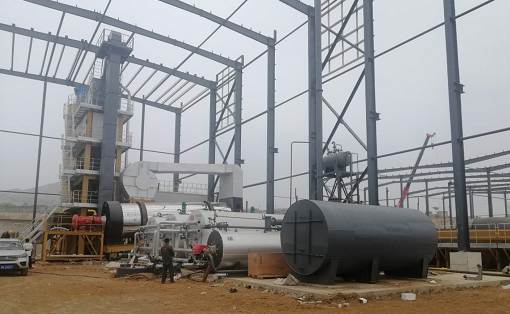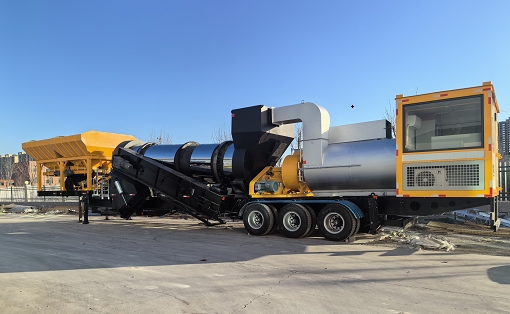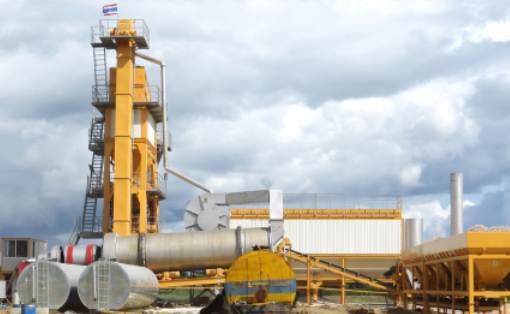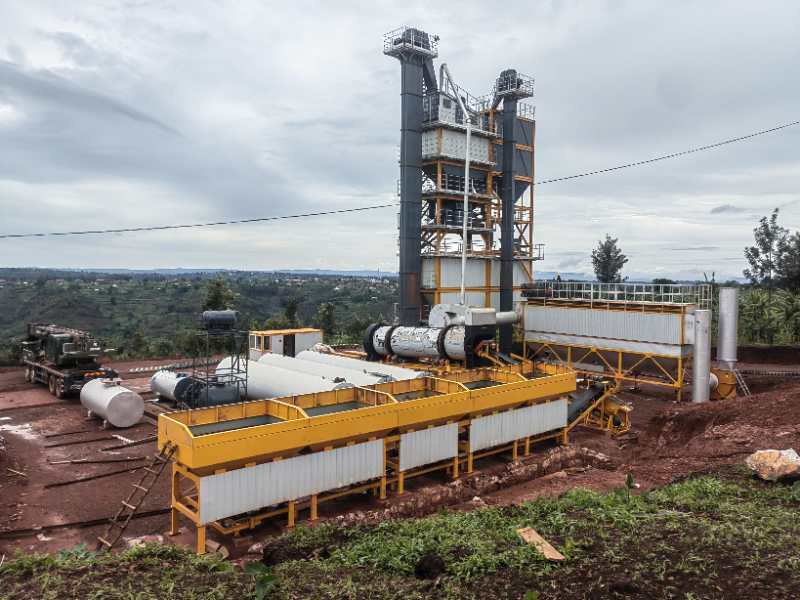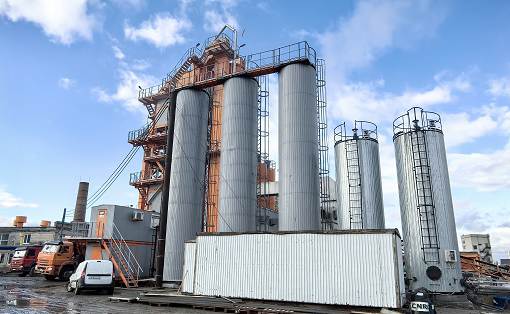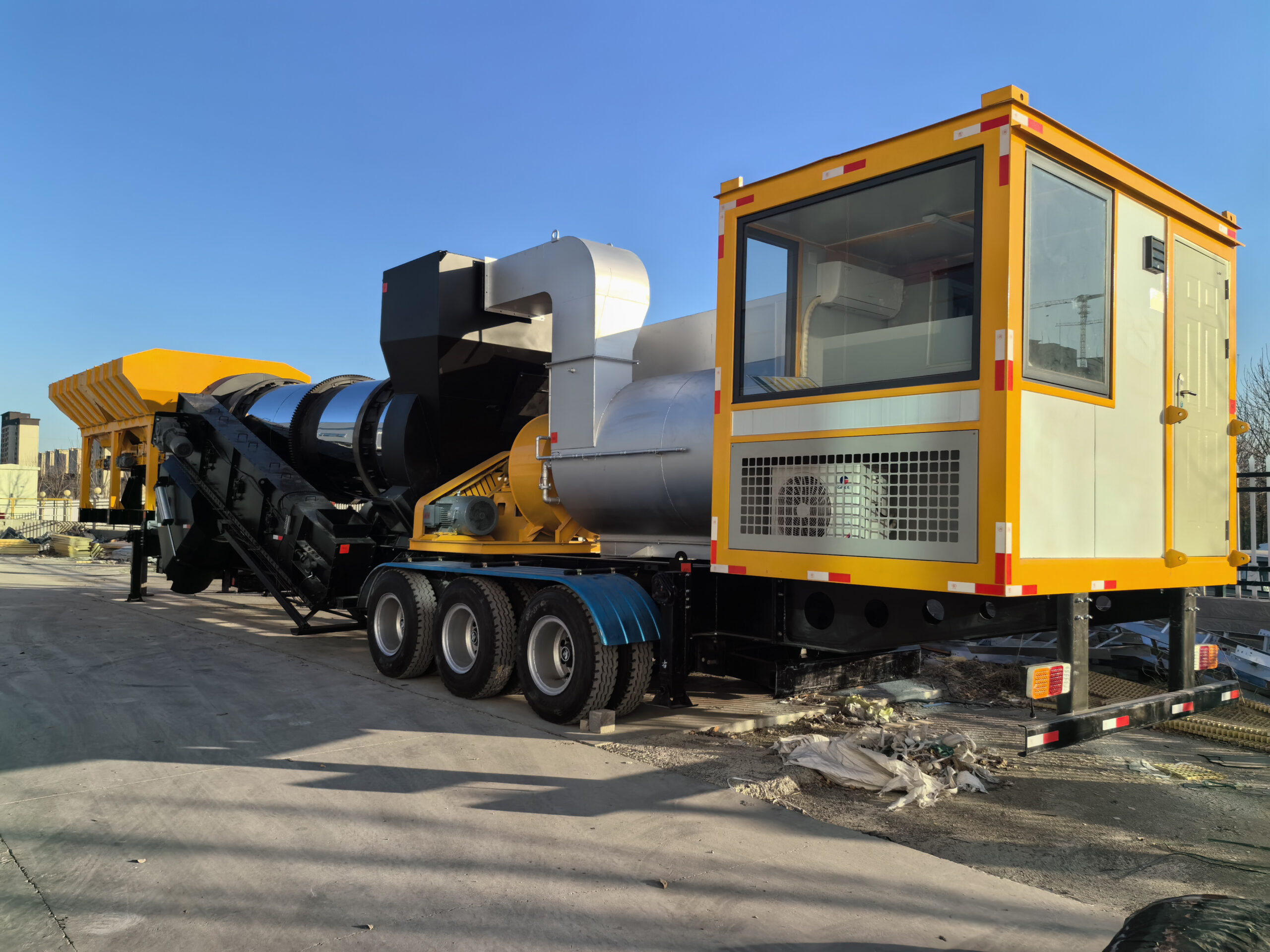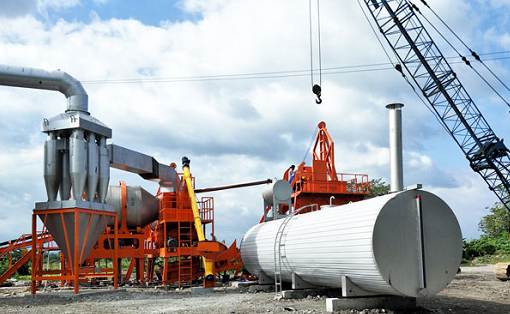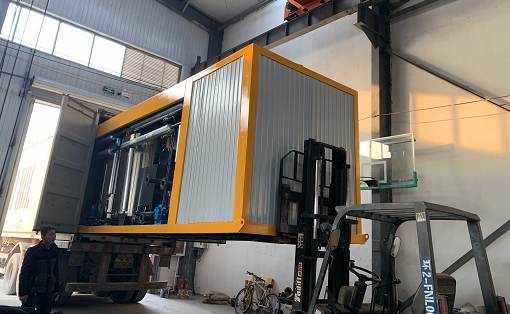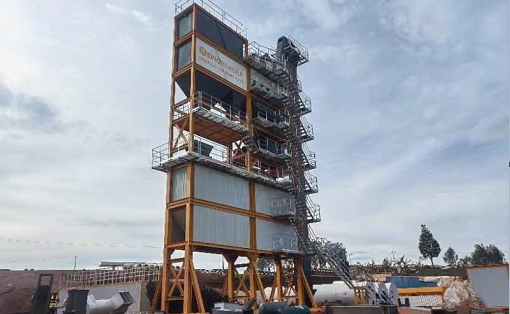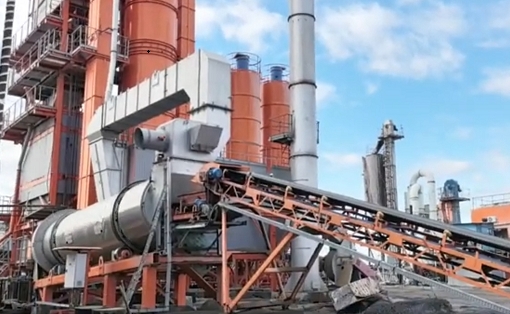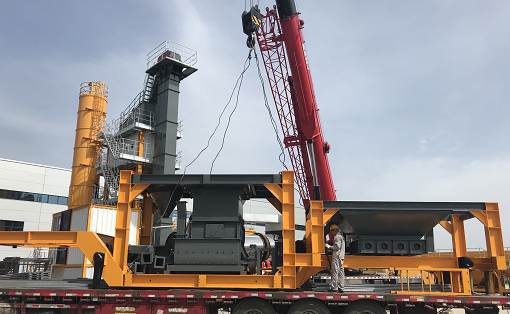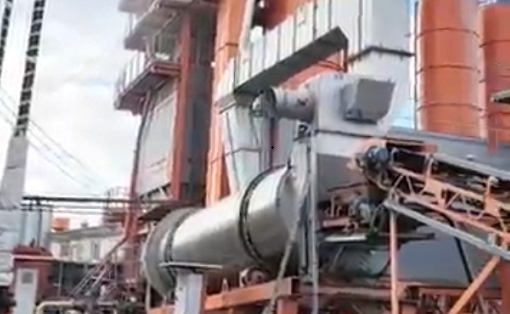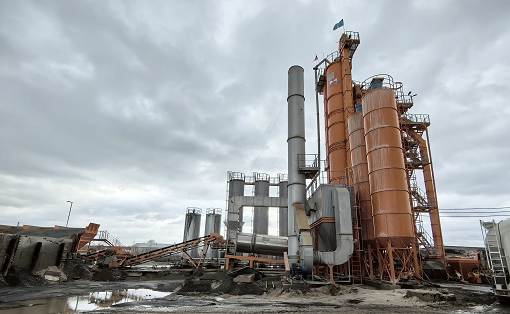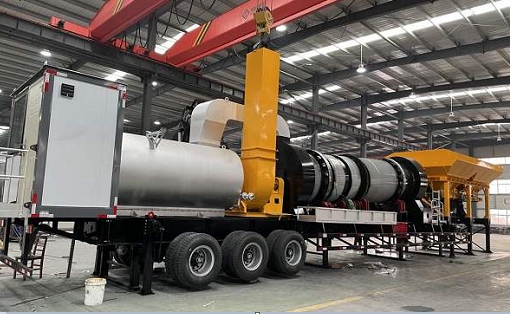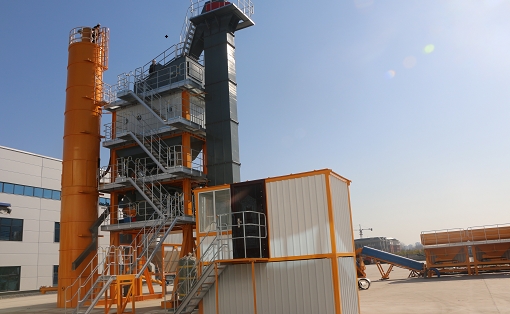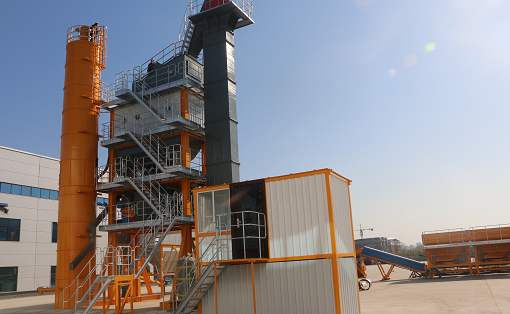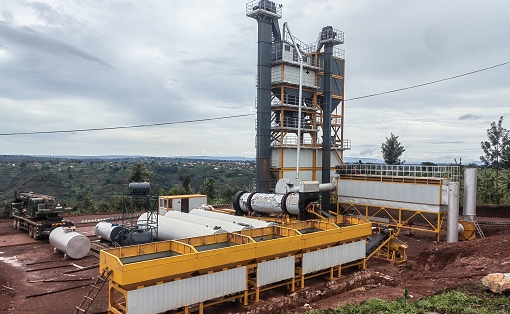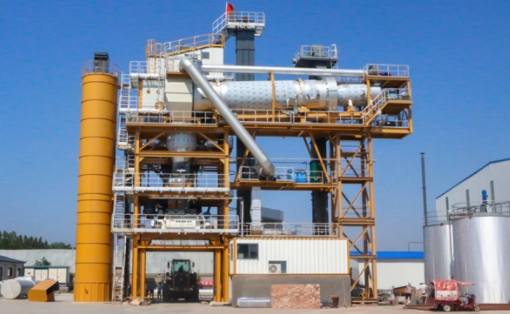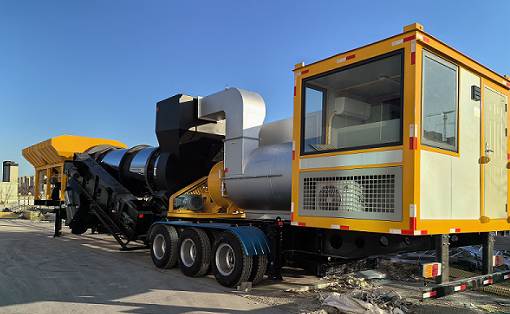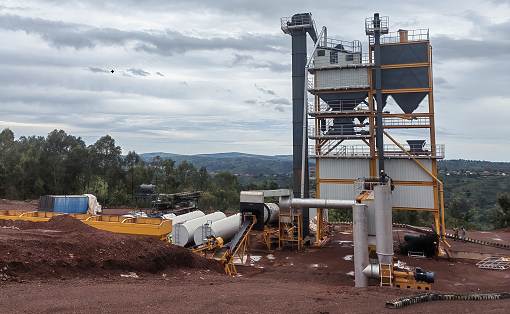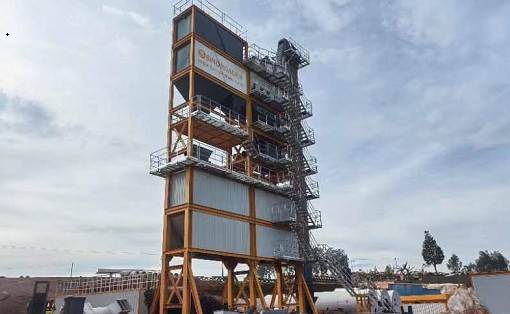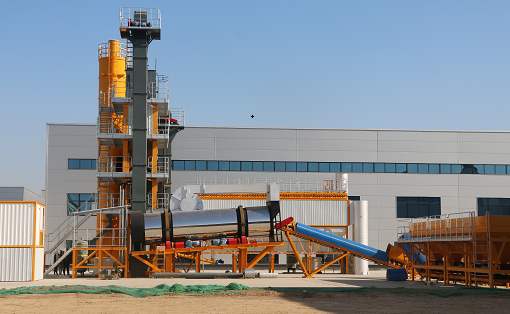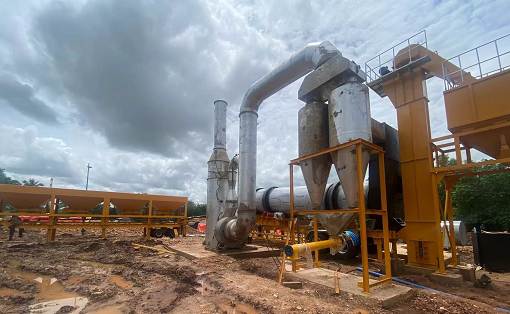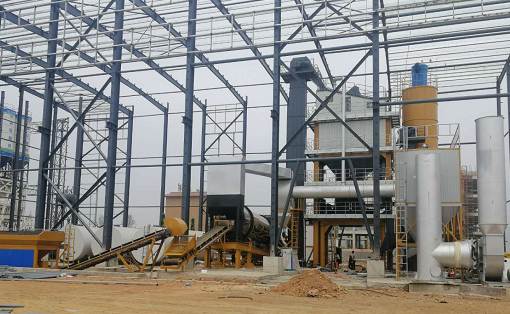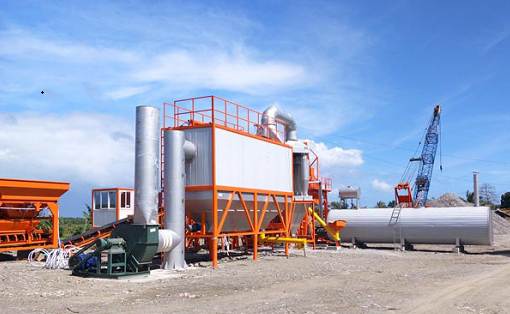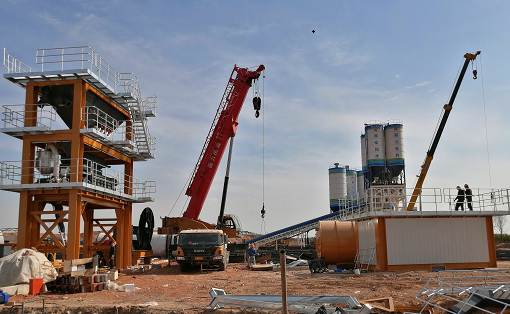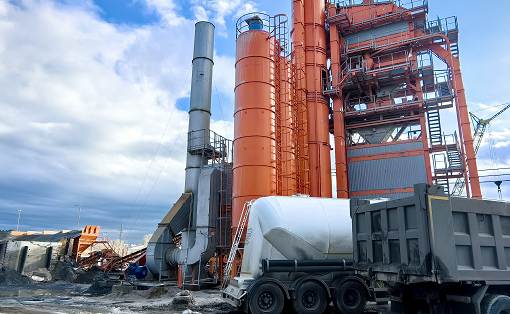Analysis of the application advantages of PLC in asphalt mixing plants
In the 21st century, with the booming development of modern engineering construction, complex integrated supporting equipment has been invested in large quantities. Its complex process and more independent operating components have relatively high requirements for the performance of its equipment control system. The application of PLC in asphalt mixing station realizes the control of the entire process of asphalt mixing station, which facilitates the construction of modern engineering construction. Therefore, this article discusses and analyzes the application of PLC in asphalt mixing station, which has certain economic value and practical significance.
In the 21st century, with the booming development of modern engineering construction, complex integrated supporting equipment has been invested in large quantities. Its complex process and more independent operating components have relatively high requirements for the performance of its equipment control system. The application of PLC in asphalt mixing station realizes the control of the entire process of asphalt mixing station, which facilitates the construction of modern engineering construction. Therefore, this article discusses and analyzes the application of PLC in asphalt mixing station, which has certain economic value and practical significance.
Analysis of the application advantages of PLC in asphalt mixing station
In the era of rapid economic development, modern highways are gradually booming. At the same time, its commonly used equipment is asphalt mixing equipment. In actual control, asphalt mixing equipment mainly controls feeding, temperature, metering, finished product control and dust removal.
Generally speaking, the application of PLC in asphalt mixing station has certain application characteristics. On the one hand, the dynamic dosage of asphalt mixing station not only has a faster PLV operation speed, but also has a relatively short scanning cycle, which is basically controlled within 10ms. On the one hand, its equipment has more control points, which often requires PLC to have relatively large memory and margin, and at the same time has a relatively fast communication speed. The refresh speed of its upper screen is >5 times/s. On the other hand, the application in asphalt mixing plants has realized the expansion of asphalt mixing equipment systems, with relatively low cost reduction, relatively high performance, and the performance-price ratio of the whole machine has been improved.
Generally speaking, the commonly used control system of PLC in asphalt mixing plants is mainly the use of Siemens PLC. At present, the equipment with relatively fast speed, relatively large memory and relatively excellent performance mainly includes S7-400 equipment, but this equipment has a high price. Although S7-300 equipment has a lower cost, its performance is relatively low.
As for the S7-300/400 high-performance PLC, it not only has a faster running speed, larger memory and more communication interfaces, but also the quantitative feeder programming is compatible with Step7, and the program is not used for one-sided modification.
The improvement of equipment performance and the reduction of cost often directly depend on the performance of PLC application. The main components of the centralized control system are 300S-CPU, 300V digital output template, 300V digital input template, 300V analog input template and 300V analog output template.

